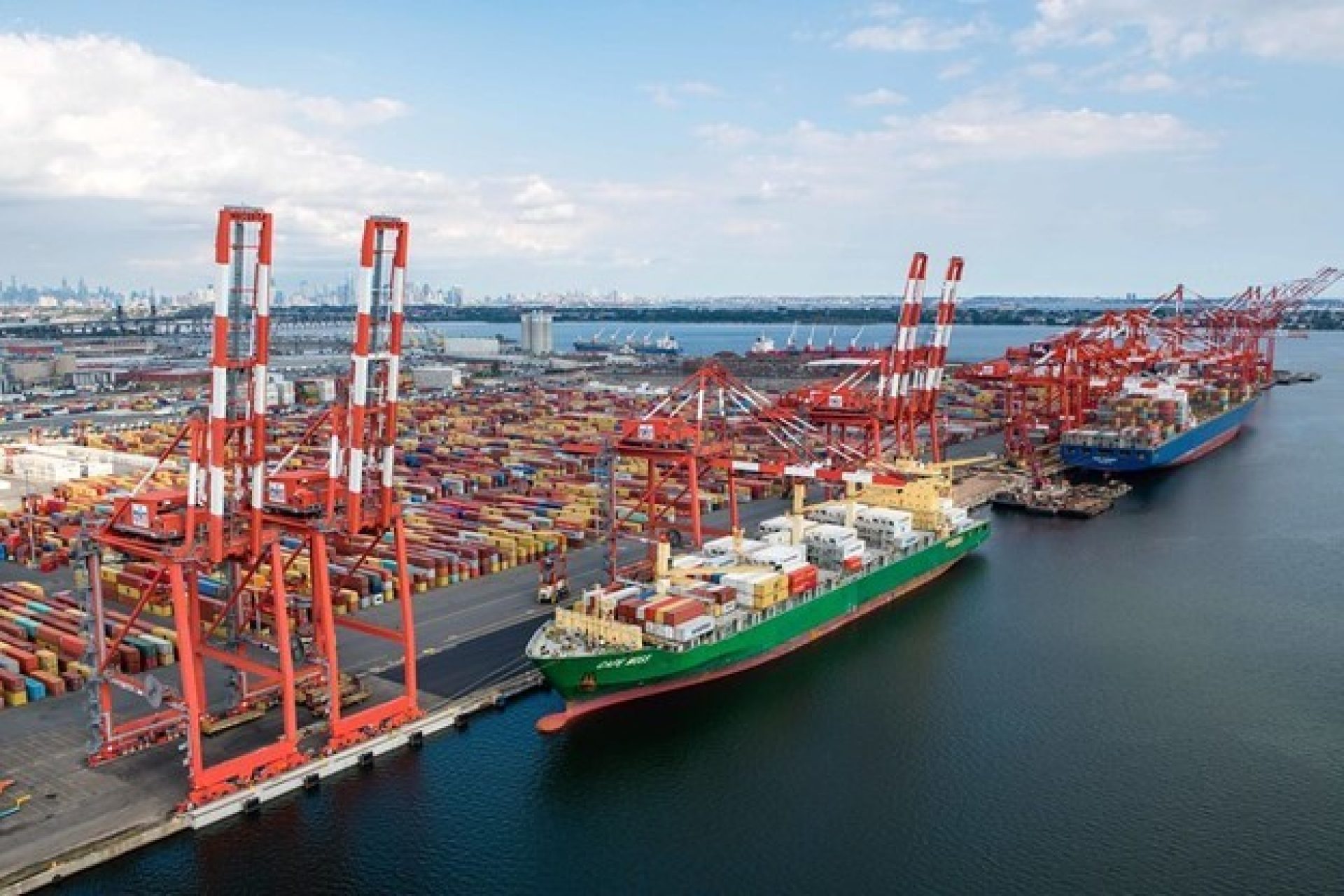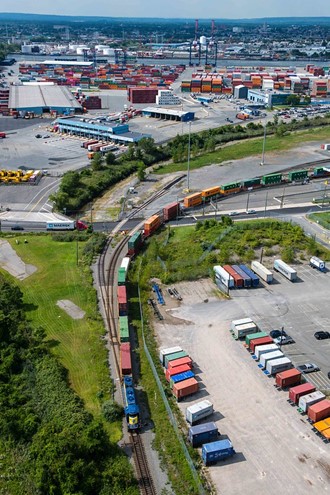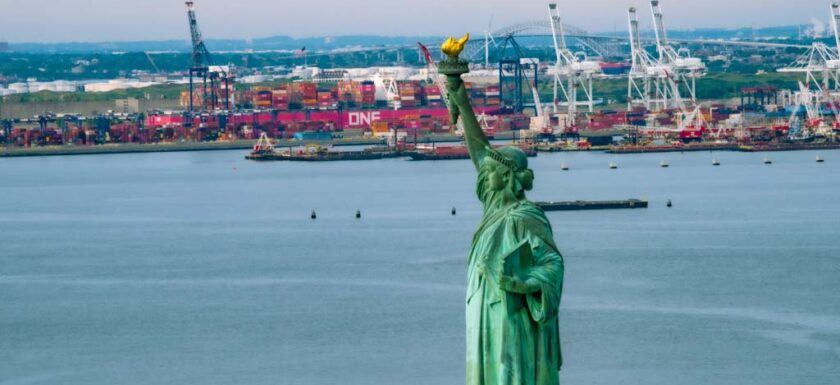After seeing the horrific images out of Baltimore, it was the first thought that popped into Bethann Rooney’s head: “What can we do to help?”
It was early Tuesday when the Port Authority’s port director helped to unleash a series of measures up and down the East Coast aimed at keeping the regional supply chain running smoothly after the Port of Baltimore, one of the nation’s busiest ports, went offline.
At the Port of New York and New Jersey, that help is taking many forms. For one, the port is helping to move additional cargo offloaded from ships that already stop here. Just 24 hours after the bridge collapse, the port was already accepting cargo from ships berthed in New York/New Jersey that were supposed to call next at Baltimore.
“What would typically happen is we take 60 to 65 percent of ship’s capacity off at our terminals here before they go on to other ports,” Rooney explained. “Now, we’re going to take 70 to 75 percent of the ship’s capacity off here.”

Notably, the port is not expecting more ship traffic. The Port of New York and New Jersey is the first stop for the vast majority of transatlantic container ships coming to the U.S. East Coast, with ports south of New York-New Jersey becoming stops along a “milk run” – shipping industry slang for when cargo ships stop at multiple East Coast ports on a single journey. All 10 shipping services that traditionally call at the Port of Baltimore also stop at the Port of New York and New Jersey, Rooney said, making the transition seamless.
The additional diverted cargo from Baltimore isn’t expected to be a heavy lift for New York/New Jersey, which is the East Coast’s busiest container port and among the top three busiest in the country. The port ably handled the pandemic-driven surge in activity through 2021 that pushed cargo volumes more than 20 percent above their current levels. To bring that Baltimore cargo to their final destinations, truck drivers who normally service the Port of Baltimore will have access to port facilities in New York/New Jersey thanks to staff at both ports working quickly to transfer credential information and allow access to container terminals in this region.

In addition, the New York/New Jersey port’s on-dock ExpressRail system provides access to the regional freight rail network. Newly scheduled trains from this region bound for Baltimore are departing every other day, thanks to close coordination among the Port Authority, ocean carriers, container terminal operators and freight railroads. The new scheduled freight rail service adds more efficiency and reliability for outbound cargo, while limiting roadway traffic between New York/New Jersey and Baltimore.
For Baltimore port customers unfamiliar with the New York/New Jersey port, Rooney looked to provide peace of mind: “… Our gateway is committed to providing the same quality, service, reliability, and efficiency that our current customers experience,” she wrote in a letter to port customers and other stakeholders.
With the Port of Baltimore being the nation’s busiest for handling vehicles, some cars and trucks that would’ve been destined for Baltimore will instead be offloaded at New York/New Jersey and trucked to Baltimore via car carrier. There, auto processors will be able to continue their usual work, adding accessories and other customizations to the new vehicles.
As challenging as the bridge collapse has been for Baltimore, Rooney said the mitigation put into place since that port’s closure is a shining example of the shipping industry’s flexibility and resourcefulness.
“The maritime industry is one that is very resilient and very supportive of each other. So as much as we may compete with each other, when something goes wrong in one port, everybody else steps up to assist.”
Port Director, Beth Rooney

